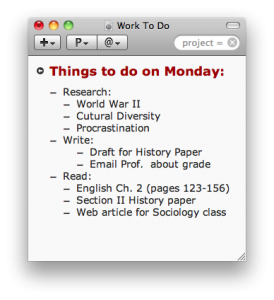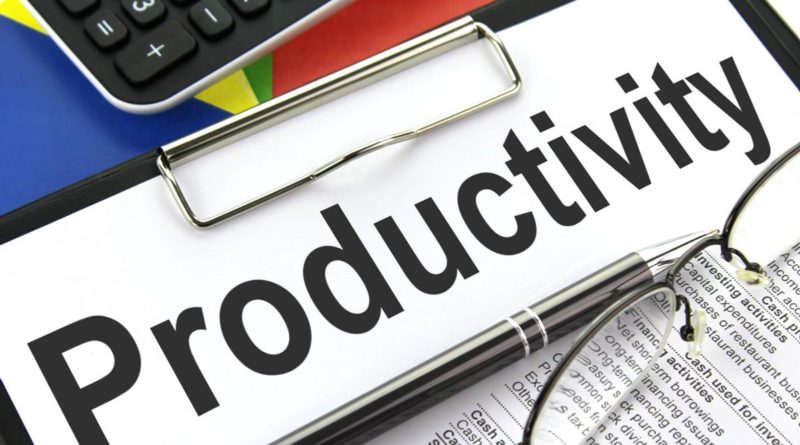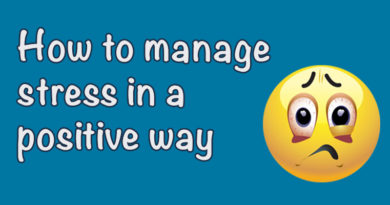Are you ready to get things done?
 Managing multiple projects simultaneously requires skill and practice. More often than not it helps if we have a pre-difined strategy to handle all our work. Experts and “gurus” have developed a plethora of techniques, methods and strategies to make us more productive. But I don’t think there’s a single strategy that meets all our needs. Sometimes is just better to explore different techniques and combine the best of each “expert” method.
Managing multiple projects simultaneously requires skill and practice. More often than not it helps if we have a pre-difined strategy to handle all our work. Experts and “gurus” have developed a plethora of techniques, methods and strategies to make us more productive. But I don’t think there’s a single strategy that meets all our needs. Sometimes is just better to explore different techniques and combine the best of each “expert” method.
Harvard Business Review interviewed David Allen and Tony Schwartz, two well known business coaches, and asked them about their approaches to productivity. I’m including here those parts that in my opinion are more applicable to academic success.
David Allen is the author of the book Getting Things Done (GTD), a productivity strategy that’s been used by millions around the world. GTD helps you manage commitments, information and communication with the minimum level of stress (if that’s ever possible). The basic principle involves transferring from your mind into paper the things you need to do and then organizing those tasks into multiple lists.
This is how Allen describes the GTD philosophy:
I call what I’ve uncovered “the strategic value of clear space.” I teach people to achieve the freedom [to be productive] by taking very immediate, concrete steps: downloading all your commitments and projects into lists, focusing on “next actions”, and thinking about the context—work that needs to be done in your office, or on the phone, or on the computer. You don’t need to change who you are. You just need some simple but very powerful techniques.
The GTD lists are organized based on the nature of your tasks. Lets say that you have multiple projects and all of them have a research component. According to GTD you can create a single list for all your research related tasks and prepare your brain to handle all the research at the same time. This is not always practical but if your brain is already in “research mode” maybe you could accomplish more of that type of work if you do it all at once.
With this strategy you’ll end up with multiple to-do lists, which might look scary, but this is what Allen has to say about that:
People do look at all my lists and say, “God, you’ve got too many.” But if you don’t think lists are the way to go, throw away your calendar. Don’t be intellectually dishonest about it. Why do you have a calendar? Because the world started to become a little more complex, and therefore you need help managing creative energy that can’t be closed up or finished. You need lists because your brain isn’t good at keeping them. Your mind is this dumb little computer that will wake you up at 3:00 AM and beat you bloody over stuff you can’t do spit about while you’re lying there. All it’s doing is repeating stuff in open loops, and it sucks your energy like crazy.
And it’s in the handling of that energy where Tony Schwartz, author of the book Be Excellent at Anything, makes his contribution to productivity:
We focus on the four primary dimensions of energy that we all need to perform at our best. The ground level is physical—fitness, sleep, nutrition, and rest. At the emotional level, it’s about cultivating positive emotions—and as a leader, communicating them to others. At the mental level, it’s about gaining more control of your attention—both by increasing the ability to focus on one thing at a time and by learning to shift into the right hemisphere to do more-creative work. And at the spiritual level, it’s about defining purpose, because when something really matters, you bring far more energy to it.
According to Shwartz, we spend so much time and energy trying to be productive that we forget that the body and the mind need time to recover:
There’s a fundamental misunderstanding about how human beings operate at their best. Most of us mistakenly assume we’re meant to run like computers—at high speeds, continuously, for long periods of time, running multiple programs simultaneously. It’s just not true. Human beings are designed to be rhythmic. The heart pulses; muscles contract and relax. We’re at our best when we’re moving rhythmically between spending energy and renewing it. We need to recognize the insight of athletes, who manage their work-rest ratios. We encourage people to work intensely for 90 minutes and then take a break to recover.
So there you go, two simple strategies to help you become more productive:
1. Break out your projects into multiple and actionable to-do lists.
2. Give yourself a chance to recover after a long session of work.
[To read the full interview with David Allen and Tony Schwartz CLICK HERE.]
Here’s David Allen’s Ted Talk with a recent take on the GTD system:



